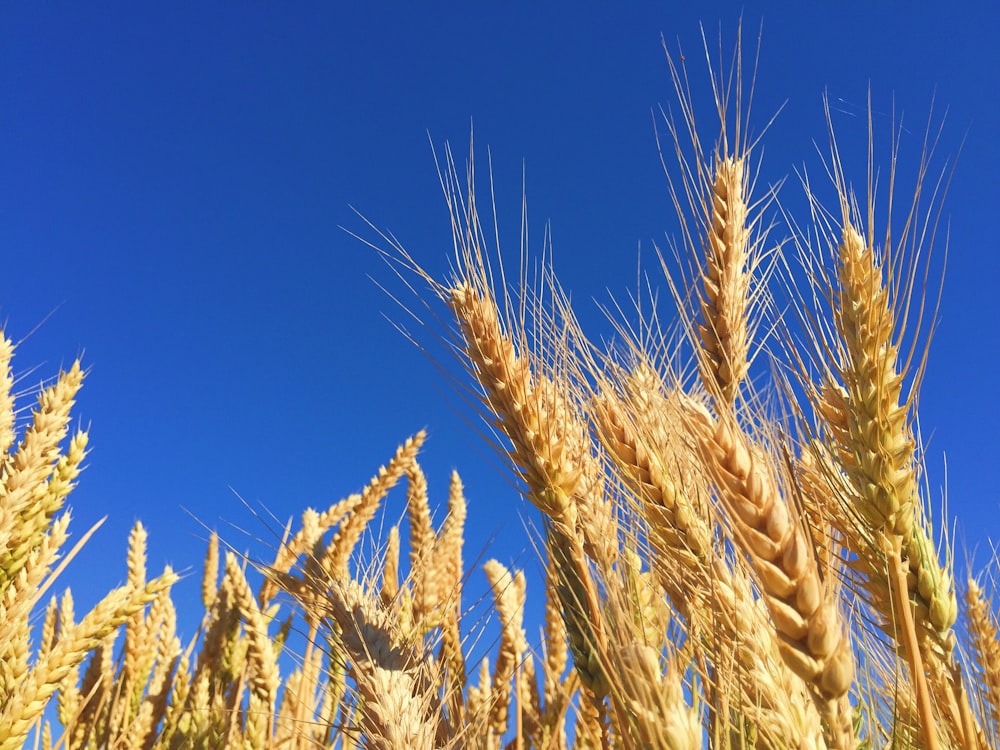The human population is increasing without losing haste even during the times of the coronavirus pandemic. As the land for farming is shrinking and the population needed to feed is rising, humanity must provide an innovative solution to its critical problem. Fertilizer industry appears to be the key as it will be the main ingredient used to increase the production of existing farming lands.
The fertilizer industry saw a growth of %1,3. in 2017-18 and then experienced a drop in 2018-19 period as global supplies went down to 190 million tons. This slight decline is explained by factors as low international prices for crops; unfavourable weather in important agricultural countries like the US and Australia; currency depreciation in fertilizer importing countries including Turkey and Pakistan; the impact of political tensions on global trade and more efficient use of fertilizers, especially in developed countries.
According to the IFA Executive Summary Fertilizer Outlook 2019-2023 report, demand forecast for years following 2020/21 is %1,2. By the end of 2023, the demand is expected to reach 204 million tons.
The undernourished population reached 925 million in 2010 and people suffering from health problems due to malnutrition will continue to rise if innovative solutions won’t be supported globally to increase food output. To provide food security biotechnological developments and better crop management must be put in place to boost food production (Stewart&Roberts, 2011). In the years to come the importance of inorganic fertilizer will become more significant as the farming lands in South Asia, Latin America, Sub-Saharan Africa and Latin America will be forced to increase their output.
Not only the developing world is concerned about the rising global population. Among the vast plans to counter global warming by focusing on renewable energy and meeting the increasing energy demand, another major issue for the European Union (EU) is amplify crop production. In 2018, the European fertilizer industry set a vision for 2030, announcing that “the industry will be at the crossroads between nutrition and energy.” To further distance itself from the carbon-based practices, the EU is aiming to create a green industrial base which would provide a continuous agricultural production, according to Jacob Hansen, Director General of Fertilisers Europe.

Make Way for Precision Farming
The trend seen in the transformation of farms in Europe can be observed in Belgium. According to the government statistics bureau, Statbel, the number of farms in Belgium decreased %70 in the last 40 years. On the other hand, the land used for farming and agricultural operations increased three times.
While an average farm in Flanders occupied 8,4 hectares of land in 1980 on average, it reached 26,7 hectares in 2019. In Vallonia, these numbers went from 20,7 hectares to 57,6 hectares during the same period. As the farms got smaller, they became mainly family businesses as the employment rate decreased due to the new technologies introduced over the years. Increased farmland bolstered the number of cattle and therefore dairy product and meat production.
The United Nations (UN) expects the world population to reach 9,2 billion in 2050. While it will take decades to set proper colonies on the Moon and Mars and start transferring some of the world’s population to these new worlds, we will need fertilizer more than ever. Today, commercial fertilizer is responsible for 40 to 60 percent of global food production. Developing countries are changing their diets towards more meat while cereal consumption is increasing. New food solutions like artificial meat, offshore algae and seafood farms are offering options to consumers in developed countries who are distancing themselves from traditional food. Developing countries meanwhile are trying to close the gap between developed countries in crop production. This inevitably requires these countries to seek biotechnology advances, better food management and improved infrastructures.
Smart fertilizer and precision farming will be the emerging technologies in the 2020s as the world will seek a precise solution to solve the food demand problem. With slow-release fertilizers technology, the distribution of ammonia, urea and other necessary substances to generate nitrogen will become more efficient. Next step will aim at decreasing the number of greenhouse gases produced during fertilizers. This issue has been greatly eliminated with the environment-friendly production facilities.
Eventual step for the coming years will be integrating the new biotechnologies with smart farming, which represent the sustainable production of agricultural products with the help of AI. Increased efficiency in fertilizer production is an essential step towards a secure food industry. With the help of new technologies and continuous investment in research and development, our world will not trouble feeding itself in the coming decades.
References:
Stewart, W.M. & Roberts, T.L.. (2012). Food Security and the Role of Fertilizer in Supporting it. Procedia Engineering. 46. 76–82. 10.1016/j.proeng.2012.09.448.


